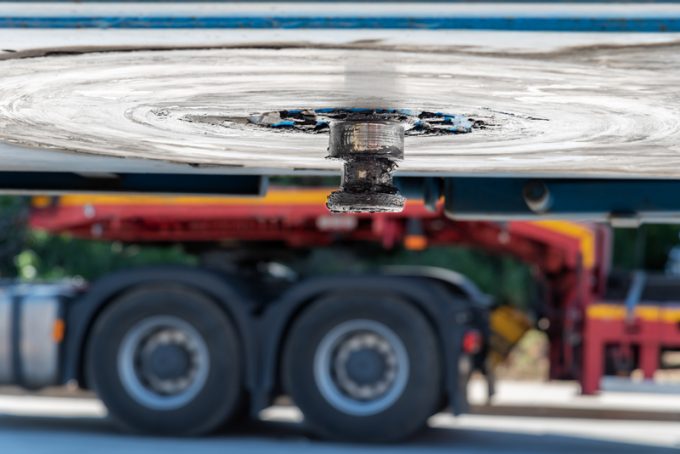Smart containers are the key to a more-visible supply chain
Current pressures on the international supply chain, and the increased volatility expected in the future, ...

Safety of trucks on the highway is of paramount concern for the transport industry, impacting not only the lives of drivers but also all road users. It is imperative that industry stakeholders prioritise and uphold stringent safety measures. Drawing on his fifteen plus years of ...

Comment on this article